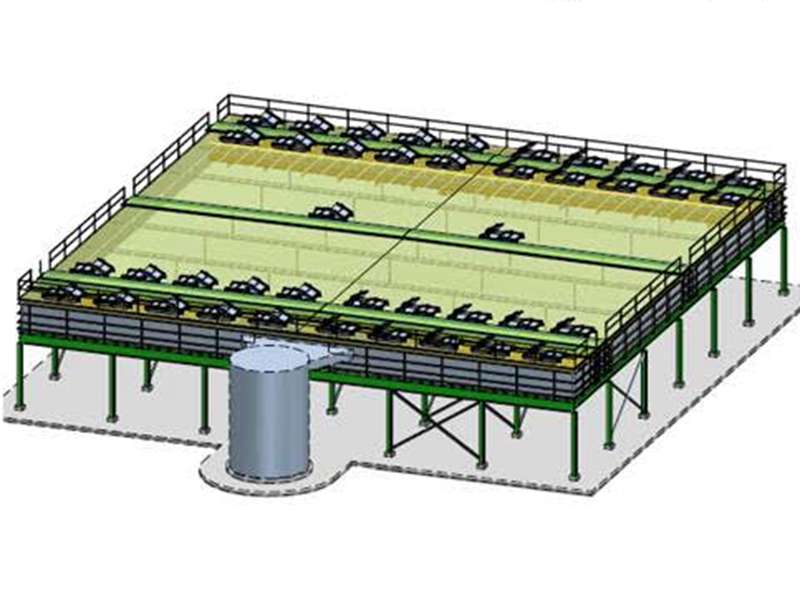
-
 Afrikaans
Afrikaans -
 Albanian
Albanian -
 Amharic
Amharic -
 Arabic
Arabic -
 Armenian
Armenian -
 Azerbaijani
Azerbaijani -
 Basque
Basque -
 Belarusian
Belarusian -
 Bengali
Bengali -
 Bosnian
Bosnian -
 Bulgarian
Bulgarian -
 Catalan
Catalan -
 Cebuano
Cebuano -
 China
China -
 China (Taiwan)
China (Taiwan) -
 Corsican
Corsican -
 Croatian
Croatian -
 Czech
Czech -
 Danish
Danish -
 Dutch
Dutch -
 English
English -
 Esperanto
Esperanto -
 Estonian
Estonian -
 Finnish
Finnish -
 French
French -
 Frisian
Frisian -
 Galician
Galician -
 Georgian
Georgian -
 German
German -
 Greek
Greek -
 Gujarati
Gujarati -
 Haitian Creole
Haitian Creole -
 hausa
hausa -
 hawaiian
hawaiian -
 Hebrew
Hebrew -
 Hindi
Hindi -
 Miao
Miao -
 Hungarian
Hungarian -
 Icelandic
Icelandic -
 igbo
igbo -
 Indonesian
Indonesian -
 irish
irish -
 Italian
Italian -
 Japanese
Japanese -
 Javanese
Javanese -
 Kannada
Kannada -
 kazakh
kazakh -
 Khmer
Khmer -
 Rwandese
Rwandese -
 Korean
Korean -
 Kurdish
Kurdish -
 Kyrgyz
Kyrgyz -
 Lao
Lao -
 Latin
Latin -
 Latvian
Latvian -
 Lithuanian
Lithuanian -
 Luxembourgish
Luxembourgish -
 Macedonian
Macedonian -
 Malgashi
Malgashi -
 Malay
Malay -
 Malayalam
Malayalam -
 Maltese
Maltese -
 Maori
Maori -
 Marathi
Marathi -
 Mongolian
Mongolian -
 Myanmar
Myanmar -
 Nepali
Nepali -
 Norwegian
Norwegian -
 Norwegian
Norwegian -
 Occitan
Occitan -
 Pashto
Pashto -
 Persian
Persian -
 Polish
Polish -
 Portuguese
Portuguese -
 Punjabi
Punjabi -
 Romanian
Romanian -
 Russian
Russian -
 Samoan
Samoan -
 Scottish Gaelic
Scottish Gaelic -
 Serbian
Serbian -
 Sesotho
Sesotho -
 Shona
Shona -
 Sindhi
Sindhi -
 Sinhala
Sinhala -
 Slovak
Slovak -
 Slovenian
Slovenian -
 Somali
Somali -
 Spanish
Spanish -
 Sundanese
Sundanese -
 Swahili
Swahili -
 Swedish
Swedish -
 Tagalog
Tagalog -
 Tajik
Tajik -
 Tamil
Tamil -
 Tatar
Tatar -
 Telugu
Telugu -
 Thai
Thai -
 Turkish
Turkish -
 Turkmen
Turkmen -
 Ukrainian
Ukrainian -
 Urdu
Urdu -
 Uighur
Uighur -
 Uzbek
Uzbek -
 Vietnamese
Vietnamese -
 Welsh
Welsh -
 Bantu
Bantu -
 Yiddish
Yiddish -
 Yoruba
Yoruba -
 Zulu
Zulu
frp car body
Exploring the FRP Car Body A Step Forward in Automotive Engineering
In the ever-evolving world of automotive engineering, the development of lightweight and durable materials has become paramount for enhancing vehicle performance, fuel efficiency, and safety. One innovative material gaining significant attention in recent years is Fiber Reinforced Plastic (FRP). The application of FRP in car bodies represents a transformative step forward in vehicle design and production, offering numerous benefits over traditional materials such as steel or aluminum.
What is FRP?
FRP, or Fiber Reinforced Plastic, is a composite material made from a polymer matrix reinforced with fibers, typically glass, carbon, or aramid. This combination results in a material that exhibits remarkable strength-to-weight ratios, high corrosion resistance, and improved durability. The versatility of FRP allows engineers to tailor its properties for specific applications, making it an ideal choice for automotive manufacturers seeking to enhance their vehicles’ performance.
Advantages of FRP Car Bodies
1. Weight Reduction One of the most significant advantages of using FRP in car bodies is the substantial reduction in weight. Traditional automotive materials like steel are dense and contribute significantly to the overall weight of the vehicle. In contrast, FRP is much lighter, enabling manufacturers to produce vehicles that are not only easier to handle but also more energy-efficient. Lighter cars require less power to achieve the same performance levels, resulting in improved fuel economy and reduced greenhouse gas emissions.
Exploring the FRP Car Body A Step Forward in Automotive Engineering
3. Corrosion Resistance One of the most significant drawbacks of metal car bodies is their susceptibility to rust and corrosion, which can compromise a vehicle’s integrity over time. FRP is inherently resistant to corrosion, which means vehicles with FRP bodies can have a longer lifespan and reduced maintenance costs. This quality is particularly advantageous in regions with harsh weather conditions or where roads are treated with corrosive chemicals.
frp car body

4. Design Flexibility FRP materials can be molded into complex shapes far more easily than metals, allowing automotive designers greater freedom to innovate. This flexibility can lead to more aerodynamic designs, enhancing fuel efficiency and aesthetic appeal. Manufacturers can create smoother lines and unique body shapes that were previously difficult to achieve with traditional materials.
5. Environmental Impact As the automotive industry pivots toward sustainability, using FRP can contribute to lower environmental impacts. Lighter vehicles consume less fuel, and the durability of FRP means that vehicles stay on the road longer, reducing the need for frequent replacements. Additionally, advancements in recycling technologies for FRP materials are being explored to minimize waste and promote a circular economy in automotive manufacturing.
Challenges and Future Directions
Despite the numerous advantages, the use of FRP in car bodies also presents challenges. The production process of FRP can be more complex and expensive compared to traditional materials, which may deter some manufacturers. Moreover, the industry must develop efficient ways to recycle FRP and address the environmental concerns associated with its production.
Nonetheless, ongoing research and advancements in material science are likely to mitigate these challenges. As manufacturers continue to explore the full potential of FRP, we may see more widespread adoption in the automotive sector. Collaborations between universities, research institutions, and automotive companies will be crucial for developing new FRP formulations that enhance performance while reducing costs.
Conclusion
The integration of Fiber Reinforced Plastic in car bodies is undoubtedly a significant leap forward in automotive technology. With its combination of lightweight, strength, and design flexibility, FRP holds the potential to revolutionize vehicle manufacturing, aligning with the industry’s goals of performance enhancement and sustainability. As research continues and new production techniques are developed, we may soon see a future where FRP dominates the automotive landscape, leading to safer, more efficient, and environmentally friendly vehicles.









